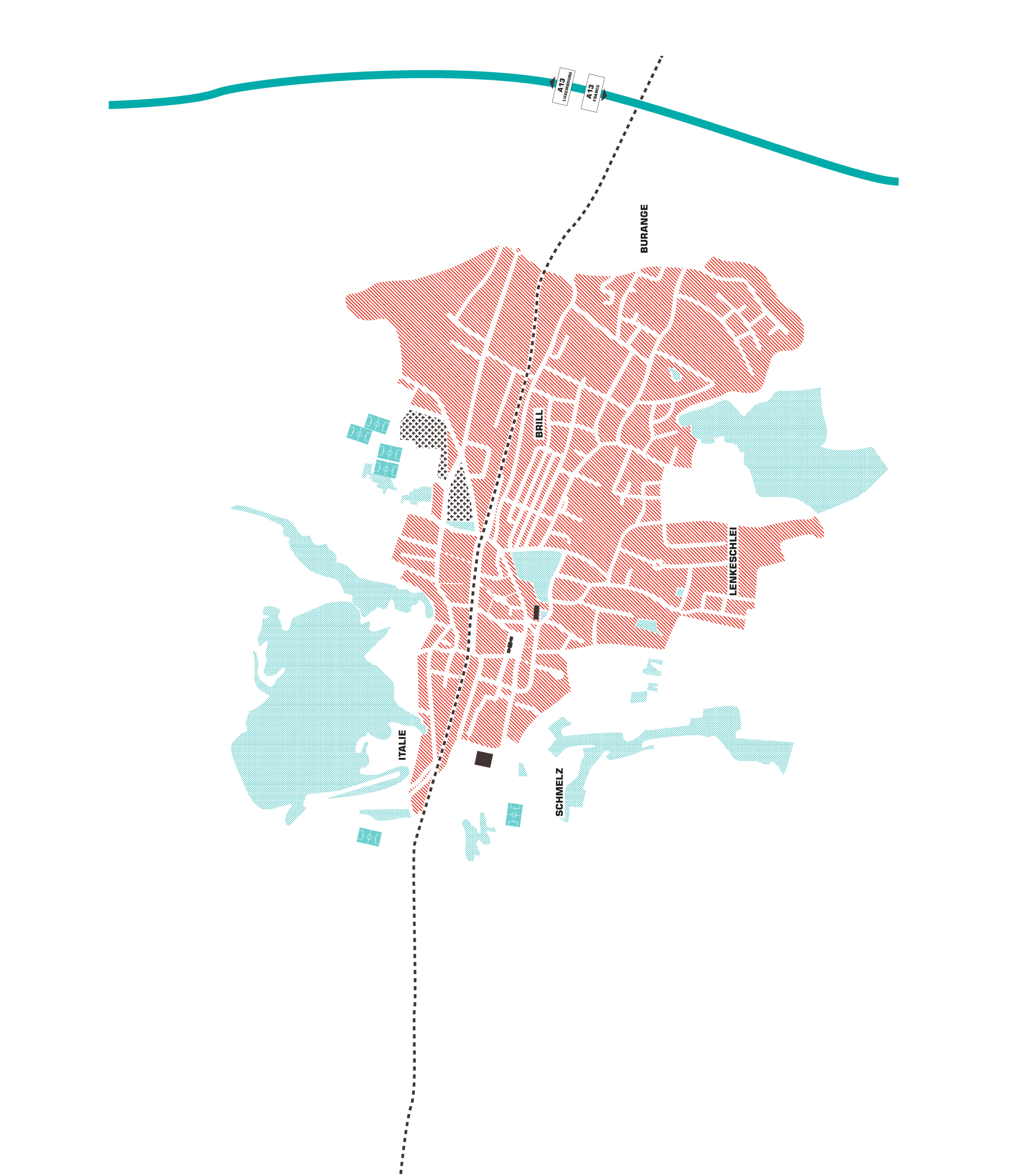The Moving Lusitalia project will study the “Italian” neighbourhood (or “quartier”) through the double prism of the local and the transnational, in an approach offering a “global microhistory”.
“Microhistory”, as initially practised by modernist historians (Carlo Ginzburg and Giovanni Levi), attempts to reconstruct elements of history, particularly the personal history of individuals or groups which a historical account written from official sources alone does not capture, by cross-referencing a very large number of sources around a limited research subject. It is therefore a process that attempts to give a voice to those who are normally not heard. This history of the infinitely small requires the collection of a variety of documents (official writings, testimonies, photos, letters, interviews, etc.). The “Quartier”, a restricted space, lends itself to such an approach.
“Global microhistory” is also used to reveal the general from the specific (Hans Medick). It is therefore obvious that the characteristics established for the “Italian” neighbourhood can serve as a comparative basis for the study of other places with similar characteristics, such as – for example – the “Brill” and the “Schmelz” in Dudelange, the “Brill” in Esch/Alzette, the “Funiculaire” in Differdange, or Hollerich-Gare in Luxembourg City.
Nowadays, attempting to link microhistory to global developments is an innovative field of historiographic experimentation. The project in Dudelange is therefore at the forefront of research into the history of migrations, by anchoring its research subject in the territory while at the same time delocalising it. The intended subject lends itself ideally to such an approach, as the residents of the “Quartier” maintain links with their countries or regions of origin, contacts that are already partially taken up today by the public authorities in memorial initiatives, particularly through twinning (Padovani). Moreover, in the context of a diaspora, the “Italian” neighbourhood has forged links with other “Little Italies” (Blanc-Chaléard et al., Rainhorn) or “Little Portugals” (Pellerin, Robichaud) studied by DCHM partner institutions around the world. The visibility of this project will therefore be international.
Project leader: Centre de Documentation sur les migrations humaines



